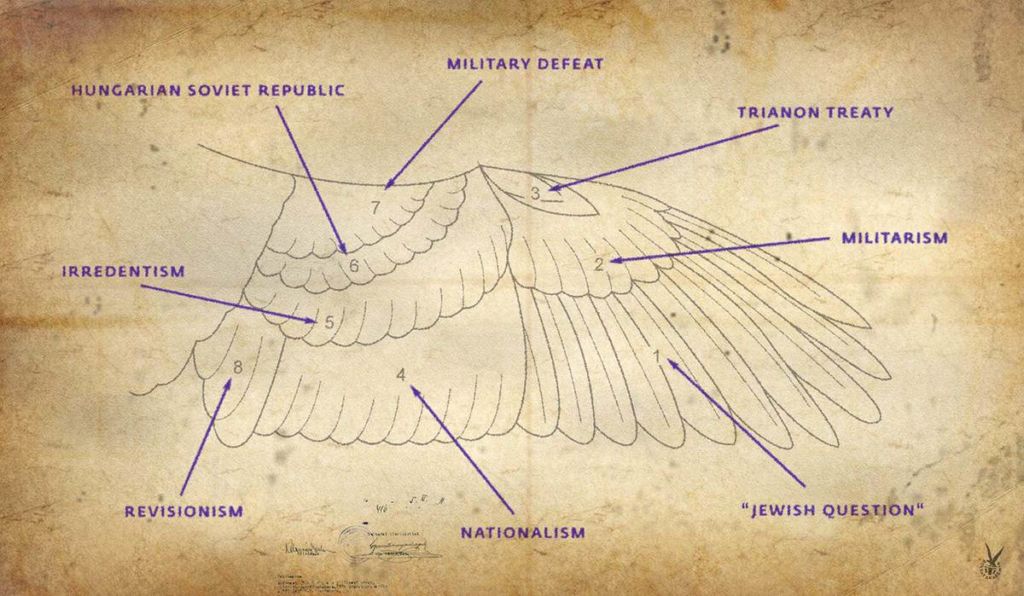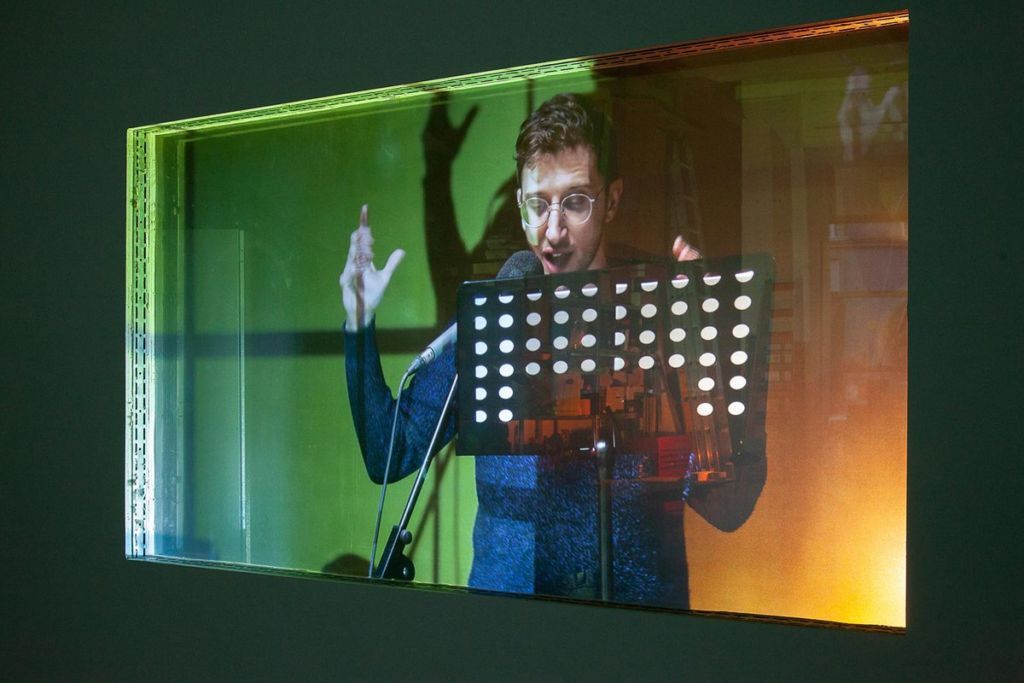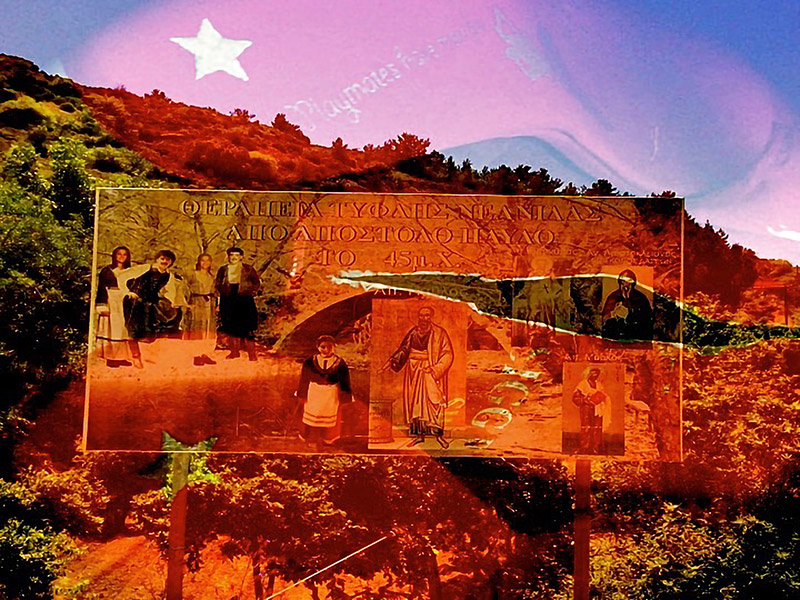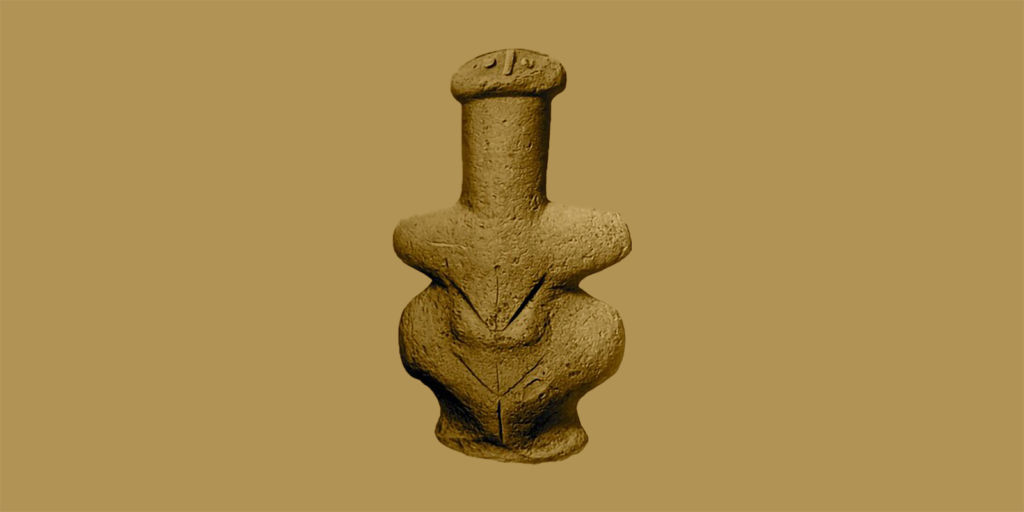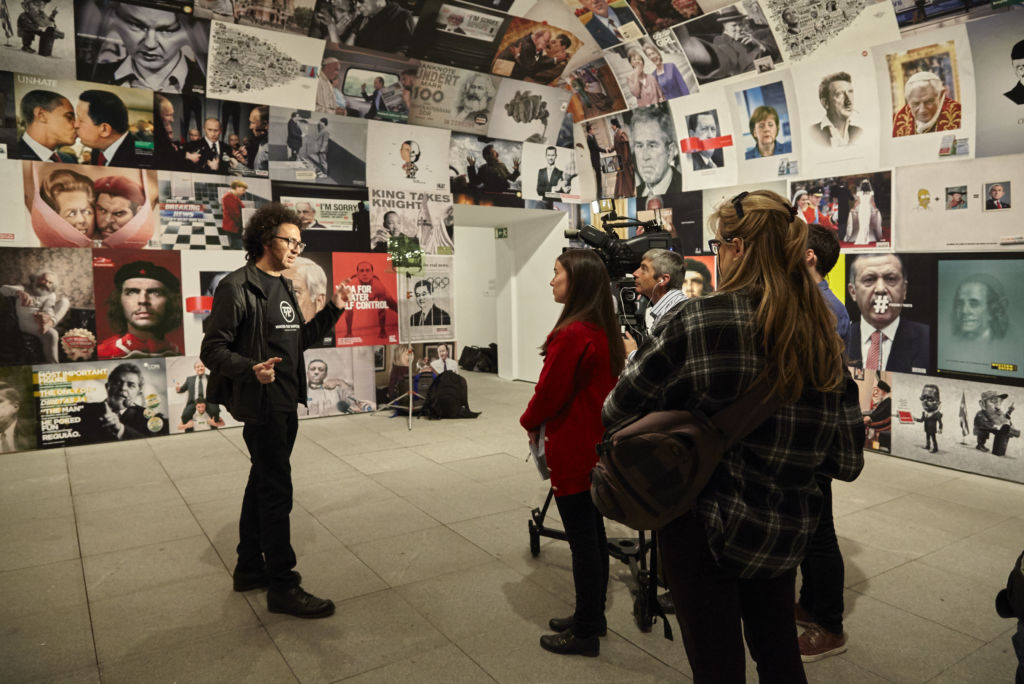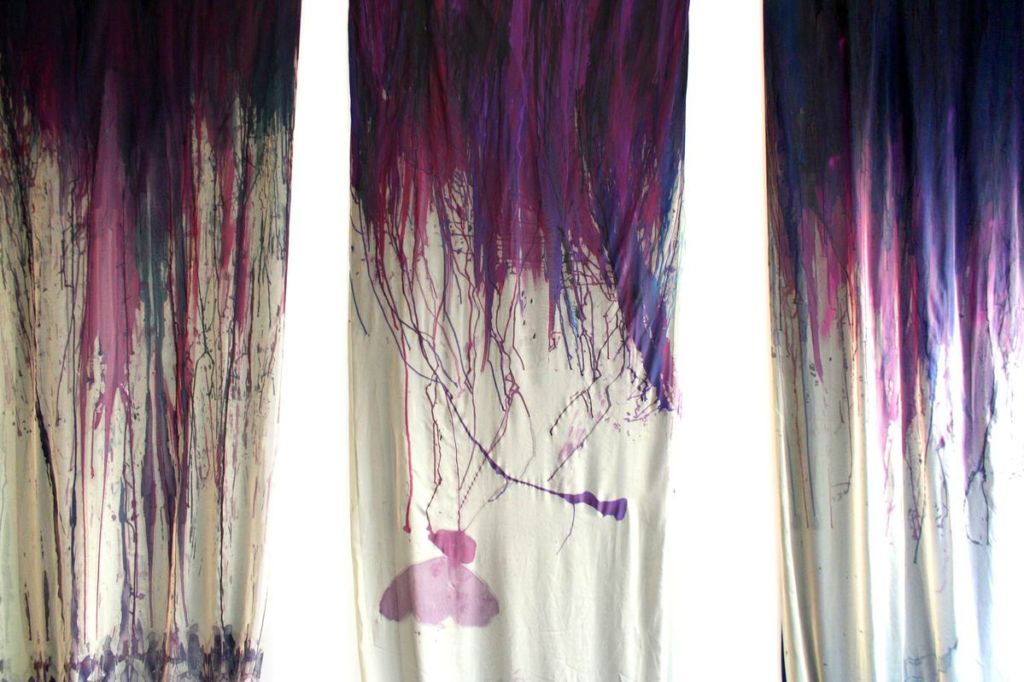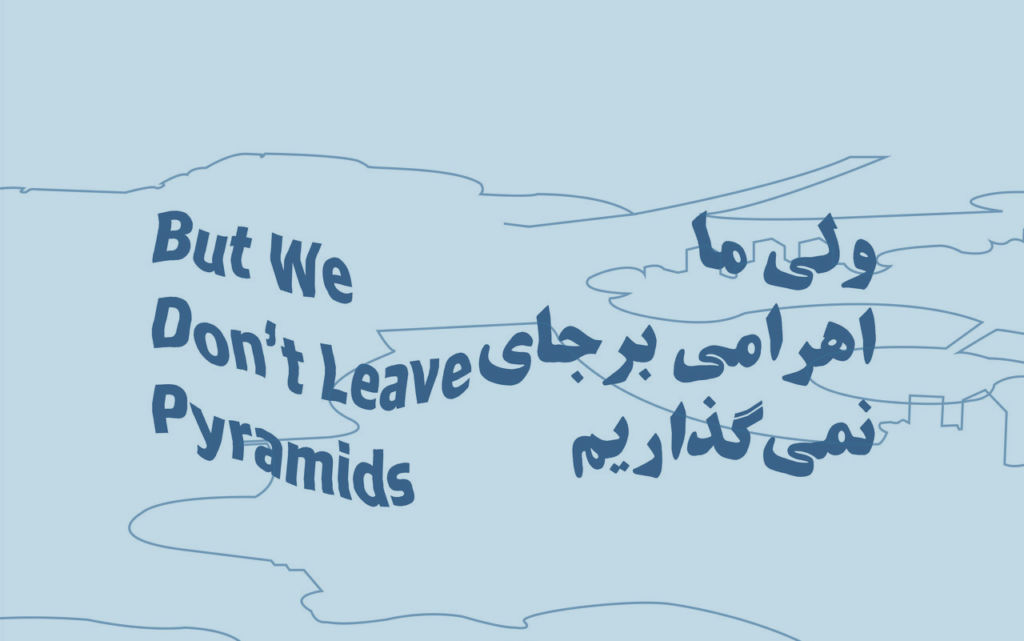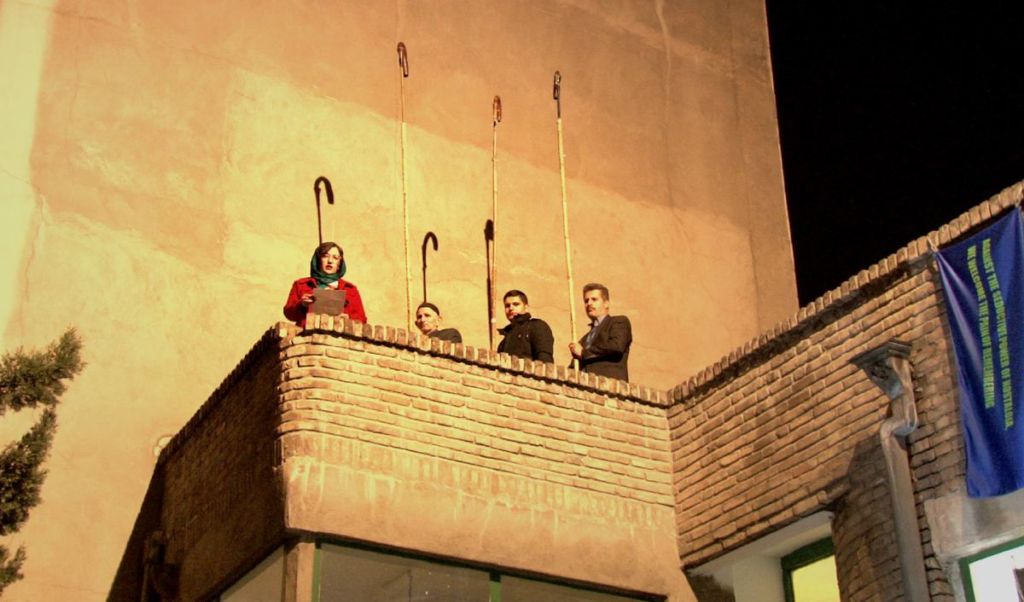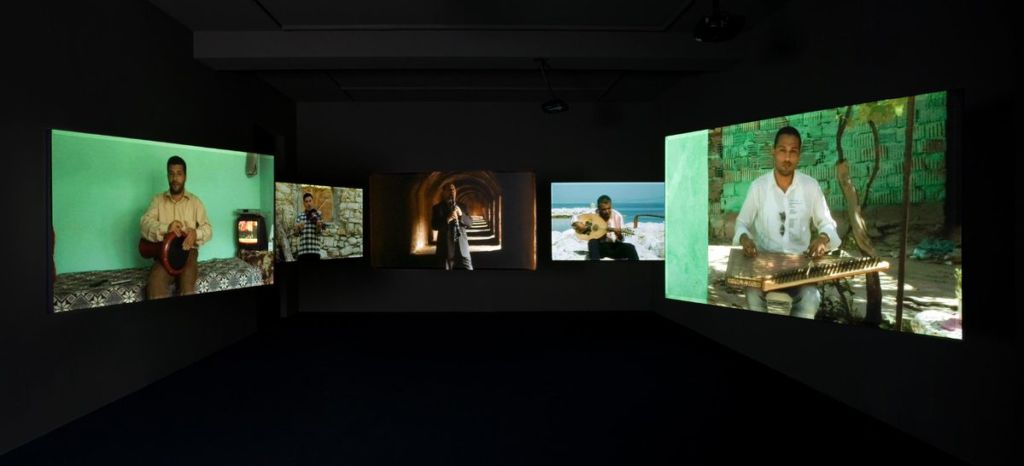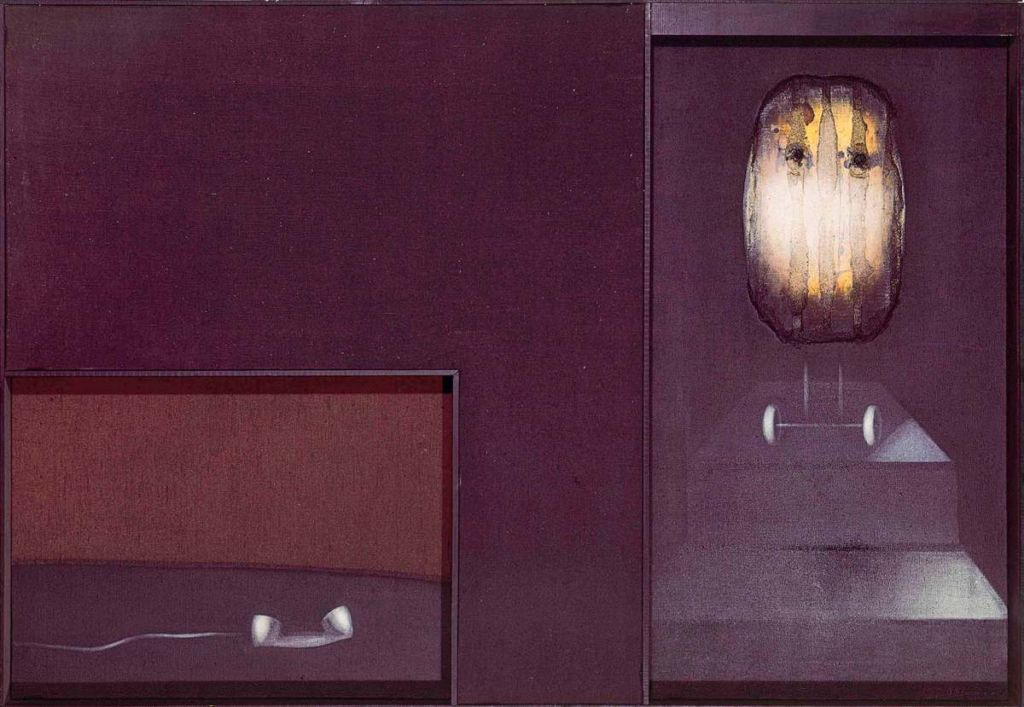Since 2015, the Red Hero platform has considered itself the representative of artistic life in Mongolia. The project, which manifests a kind of tension between the desire to preserve traditional Mongolian culture and arts while opening up internationally, reflects changes on a national scale in economic, social and political life.
“Red Hero” is the literal translation of the Mongolian capital’s name, Ulaanbaatar (Ulan Bator), renamed in 1924 after the national hero and communist leader Damdin Sükhbaatar, who put an end to theocratic rule in favor of a people-led government. His journey to Soviet Russia in 1920 became one of the leitmotifs in contemporary Mongolian art and literature. Many traces of this communist heritage can be found in the Red Hero project, such as in an interview with the General Secretary of the Mongolian People’s Revolutionary Party, B. Tulga, who was educated by former communists after the USSR dissolved in 1990. The section of the Red Hero site called “Satellites” might also refer to how Mongolia was a USSR satellite state between 1924 and 1990. But “Red Hero” is also the Anglophone name for Mongolia’s political, economic, industrial, scientific and cultural center, and therefore an expression of the tension between a communist past and a globalized present. What the project most certainly explores are the consequences of the transition to a market-based economy on Mongolian society, by looking at its evolving artistic heritage. To this end, the site provides interviews with video artists or representatives from different cultural institutions in Mongolia that underline the issues related to creativity in a post-communist society. Two elements jump out in particular: the financial instability that accompanied the privatization of culture after the democratic revolution in 1990, and the difficulty in preserving Mongolian traditions in the context of extreme urbanization.
When creation pays less
Amidst the towers in the Khan-Uul neighborhood, on a small stretch of green enclosed by red walls, stands Bogd Khan Palace, named after the Buddhist religious leader who was the last Mongolian emperor. A rare historical site that managed to evade the Red Army’s passing, and placed in the care of the Ministry of Education, Culture, Science and Sports, today it is the longest-standing museum in Mongolia and hosts the most vast collection of Mongolian art objects. Its contemporary equivalent, the Mongolian National Modern Art Gallery, whose collections illustrate the country’s social, historical and cultural developments in the way artists engage with Mongolian traditions in their practices, is also, as its name suggests, a public institution.
On the other hand, the National Circus of Mongolia, created by government order in 1941, was privatized in the 1990s as the country entered a market-based economy. In an interview posted on Red Hero, H. Purevdulam explains how this privatization imposed financial restrictions that forced the circus to adopt a more international scope: worldwide tours, individual acrobats participating in international competitions. The National Opera and Ballet Academy of Mongolia expresses the same desire to diversify partnerships with other dance schools and companies, notably in Russia and Korea.
Parallel to this effort of going international, the two institutions try to cater shows to the domestic audience, drawing on Mongolian folklore and myths, and integrating traditional costumes and accessories. In a video published on the website, film director Jigjidsuren Gombojav explains that he used inspiration from the country’s legends to create more freely in his films in the 1970s and 80s, when film still served as Communist propaganda. Today, Gombojav is a member of the Union of Mongolian Artists. Founded in 1945 and formerly supervised by the Communist Party and State, the organization is now independent. Although the affiliated artists harbor no nostalgia for the era of government commissions, they still cannot help but notice that freedom of creation hardly pays.
An increasingly sedentary population
This is because the issues at stake in the Mongolian arts world are intimately tied to those in the local and national economies. By promoting traditional costumes on stage, for example, there is visibility for the textile industry, which allows local wool and cashmere factories like Sor Cashmere to develop their exports abroad. But perhaps the coalmines best illustrate the tensions between local and global. Mongolia, nicknamed “Minegolia”, is highly attractive to major international mining companies, to the detriment of the local economy. Since 1991, the government has pursued a policy of externalized mining that primarily enriches foreign investors, while the country, despite this colossal wealth of resources, remains mired in poverty. Not only is the money from primary resources not redistributed amongst Mongolian taxpayers, but plans for further development—like those by Canadian gold mining group Century Gold—threaten the country’s heritage: tombs, temples and other places of past relevance. Nomadic tradition and nearly a century of Communism have shaped a special relationship with the land and with possessing resources: the land is for living, resettling and producing and should be open, shared, public. Agriculture, much like other sectors developed during the Soviet era, has also suffered from the transition. Today, the University of Agriculture, whose agro-ecology department head is presented on the website, is re-thinking how to use the land in a way more respectful to traditions, starting with nomadic culture, all while remaining economically sustainable and bringing autonomy to Mongolia.
Often described as an “oasis of democracy” between Russia and China, Mongolia depends a lot on its neighbors, both from an economic and political point of view, and must confront the following question: How to rein in foreign companies in order to share the profits from its natural resources? Today, Ulan-Bator inhabitants have nicknamed their city “Smoke Hero”, decrying a two-fold lack of transparency: that of political institutions, and the literal one caused by pollution. In fact, when you fuse the acronyms of the two major political parties: the Mongolian People’s Party (MAN) and the Democratic Party (AN), it spells out the Mongolian word MANAN, “smoke” or “fog”. Generally speaking, this nomenclature refers to the country’s elites, because since the first trimester of 2019, Mongolia has been undergoing a constitutional crisis. On March 27, the parliament approved amendments to the constitution proposed by the president, Khaltmaagiin Battulga, that extend executive power by weakening judicial power. This decision was made following the Prime Minister’s resignation due to a corruption scandal.
This destabilization in the power balance, accepted by a majority of the population, raises flags for international observers who fear a renewed cult of personality and authoritarian rise. Khaltmaagiin Battulga, who financed the erection of Tsonjin Boldog in 2008, a nearly 40-meter tall statue of Genghis Khan—the highly controversial founding hero of the Mongol Empire, at the cost of a bloody conquest—indeed seems immensely popular. Hailing from a modest background, Battulga made his fortune buying up companies as they were being privatized in the 1990s. A self-made man, he embodies the image of social success. A former martial arts champion, in his electoral campaign he presented himself as a man of the people, off the beaten path and therefore likely to fight corruption amongst the economic and political elite. As the call for national appropriation of resources intensifies, Khaltmaagyin Battulga’s platform is based on the principle that every Mongolian citizen should profit from this mining wealth. According to article 6.1 of the Constitution, the exploitation of natural resources should go to the social and economic development of the country and its inhabitants.

Ulaanbaatarization
From an ecological standpoint, “Smoke Hero” is also the result of the country being “Ulaanbaatarized”. “Ulaanbaatarization”, such is the name of an exhibition organized by Red Hero based on thoughts and ideas exchanged in spring 2017 during the “Urban Encounters: From Migration to Mobility” project. Encounters that asked artists to engage with notions of migration and mobility in post-communist Mongolian society. Indeed, the rural exodus to the capital has grown continuously since the USSR dissolved in 1991. Half the population lives today in Ulan-Bator, while a third remains nomadic. The film Traces of an Existence (1991) by Jigjidsuren Gombojav, with whom an interview is available on the Red Hero website, denounces the disastrous consequences of forced relocation, implemented by the socialist government’s in the 1980s to move young people from cities to rural areas in an effort to erase the differences between rural and urban worlds as part of their integration policy. “Ulaanbaatarization” refers to the migratory phenomenon of rural to city, the demographic explosion in the capital and the population’s increasing sedentariness.
And yet, although the 30 million tons of coal that lie in wait in the Mongolian soil seem to leave the corporations indifferent, it is plenty to ensure the survival of hundreds of families. The Nalaikh coal mine, opened in 1922, once belonged to the state. The government shut it down in 1990 after an explosion killed about twenty people, and it was then divided into private plots. 1 500 miners found themselves unemployed overnight: hundreds of them continued to go down into the blocked-off mines to provide for their homes or sell on the black market. Coal is the primary source of revenue for the local economy: during the hard winters, it provides heating for people in the city as well as in the countryside. This informal exploitation of the mines accounts for more than 70% of the coal used in Ulan-Bator, particularly in underprivileged neighborhoods. And so, this conjugation of extreme winter temperatures, lack of infrastructure, urban growth and overpopulation in the capital make Ulan-Bator the second most polluted city in the world, for the most part due to the government’s poor management of resources, be they mining or human.
This is the context in which, since 2017, the Red Hero collective has offered residencies in Mongolia to foreign artists with established international careers. The section “Field Notes” on the Red Hero website offers insight into their works in progress. The American Dana Sherwood, for example, is interested in the impact of human activity on nature, while sculptor Mark Dion (also American), a paleontology and ornithology specialist, studies alternative habitats like yurts, for example, in which more than half the population live, for his project “Habitat Insight”. Another invited artist, the Mongolian Tuguldur Yondonjamts, creates traces of imaginary journeys that explore the effects of Mongolia’s social and economic development on nomadic culture. Here he presents his “crocodile” sleeping bags that allow him to live in desert-like spaces at night by blending in with the natural landscape.
Red Hero derives from a more global project: Microclima. Founded in Venice in 2011 by Italian curator Paolo Rosso, this program is interested in the links between nature, socio-cultural heritage and political concerns as seen through the artistic appropriation of a site, for instance Serra dei Giardini, a greenhouse built in 1884 to house exotic plants imported for the Biennale Arte . The study has expanded to other countries: India, then Cuba, and finally Mongolia. Since 2011, the Guwahati Research Program has hosted residencies for Italian artists and researchers in Guwahati, the capital of Assam state and largest metropolis in north-east India, to explore the local context and develop long-term projects in the field with Indian partners. In Santiago de Cuba, Microclima supports the heritage preservation program Los Caminos del Café (supported by Fondation Malongo and the European Union) in the archeological park La Fraternidad, a hard-to-reach rural zone, much like the island itself, which has seen an explosion in tourism since the American embargo was lifted in 2015. Although in every instance, the team is reinforced by local actors—for example art lover and entrepreneur Duulgun Batbold who supervises the Red Hero project—the core remain the same: Paolo Rosso as the artistic director, art historian Alice Ongaro Sartori, directors Matteo Primiterra and Matteo Stocco from the Kinonauts group, and graphic designer Elisa Calore. Same team, same desire: to study the microclimate of societies in transition and understand how a specific region can retain its traditions while finding a sustainable in-road to the contemporary world.
Thanks to Ondine Bréaud-Holland
Translation by Maya Dalinsky
Cover: Tsonzhiyn Boldog, Monument to Genghis Khan in the Mongolian steppe, Ulaanbaatar, 2 February 2015. © Alen Laguta

